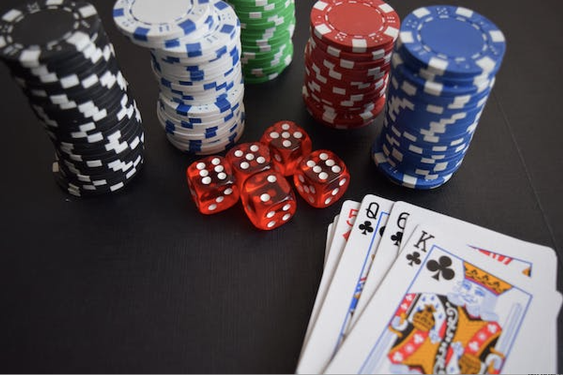Facing a scare card on the turn is not.
That's why reading the board to know when your hand has suddenly become vulnerable remains a critical part of post-flop play in no-limit hold ‘em.
Classy and entertaining Dutch pro Marcel Luske drew A-8 of clubs under the gun and made it $400 to go with the blinds at $100-$200. Luske's mini-raise of only twice the big blind instead of three times induced calls from Men “The Master” Nguyen, Alan Goehring and Lyle Berman.
The flop came Q-7-3, all clubs. Luske flopped the nut flush, a big hand that could lead to a big pot with three other players still in. Luske checked.
“I checked it because I want to make money,” Luske says. “I want chips. It's simple to win the hand then and there, but I want people to think I missed it and maybe have a draw with a king or a pair, so they'd bet.”
Luske's slow-play prompted Berman to bet about half of the pot. Nguyen and Goehring folded. Luske could've made a check-raise here, but he just called, figuring he could let Berman continue to lead the betting into his big hand.
But the turn came a 3, and Luske's hand suddenly faced trouble. The board had paired, meaning Berman could have hit a full house if he was holding another three and either a queen or a 7. Failing that, Berman still was in a position to fill up with the right river card.
“It's going to get dangerous for my hand, so I must move to protect it,” says Luske, who has put out a DVD called Poker My Way . “If somebody has a queen, he's going to call it. I bet $500.”
Berman came over the top all in for $2,500 with holdings of 3-8 offsuit. He had turned a set and had a full house draw. Luske, a 4-1 favorite with one card to come, called Berman's all in that was offering him odds of about 2.6 to 1 on his money.
The river came a blank, and Berman was busted as Luske dragged the pot.
Slow-playing a big hand is not a revolutionary play, but recognize when a dangerous card hits the board and make a move.
“If a danger card comes, and you start to bet, and you get into a position where people show no fear or reraise,” Luske says, “you have to consider folding. Like limping with aces, and you get five callers and the flop comes 5-6-7 – a danger flop – you have to get away from the hand. You don't want to limp in and get a danger flop, and now you have people with big draws or a big made hand. If I limp with a big hand and it doesn't work out, I get away from it.”



